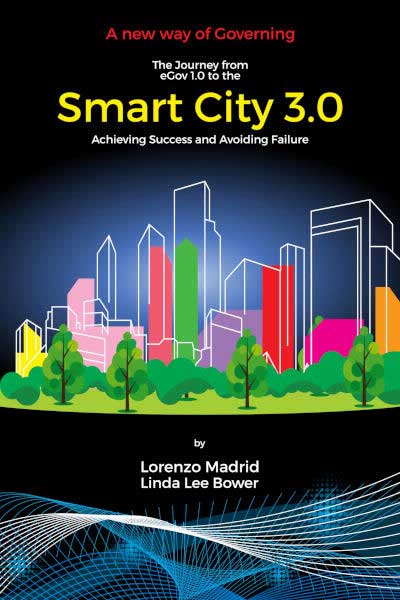
While many initiatives have led to successful innovative digital solutions, their impact on society remains limited and unevenly distributed. Expanding these solutions is crucial to helping cities and communities meet their climate goals and reduce environmental impact among other benefits.
To encourage the adoption of Smart Cities Solutions across Europe, more than sixty (60) cities in the European Union have signed the Join, Boost, Sustain Declaration (www.living-in.eu/declaration) , so that together, they can promote and accelerate this process. The resolution also aims to encourage citizen participation and rely on helping all kinds of companies to thrive, including SMEs and start-ups. As expressed in the statement:
“It is time for all levels of government in the EU to join forces to expand digital solutions so that at least 300 million Europeans can enjoy a better quality of life by 2025. Encouraging the use of digital solutions commonly agreed between regions, cities and communities will help close the digital divide and reduce inequalities by stronger territorial cohesion.”
The signing of the Declaration officially began during the Oulu Boost in Finland in December, 2019 and continued online until the Cities Forum in Porto, Portugal, which took place on January 31, 2020. It is the first post-Brexit agreement, and it represents an important point for Europe to have sustainable development through a different dialogue between governments and citizens
My friend Jorge Saraiva, citizen of Braga in Portugal and one of the great European leaders promoting public policies for Smart City adoption, was one of the participants of this meeting in O Porto. Here some of his words:
“First, you have to understand each other directly with cities: they represent almost 70% of the EU population! If we want a direct dialogue with Europeans, cities are the channel. Reducing intermediaries is a necessity.
Second, we must develop an understanding, an effective form of communication. The EU has a mission, more than ever and with little margin of error. The mission is sustainable progress! The EU should set the targets of the. European Mission and cities must contribute directly to these targets.”
The fundamental principles of this agreement include:
- A citizen-centric approach;
- A city-led approach at EU level;
- The city as an ecosystem of citizen-driven and open innovation;
- Access, use, sharing and management of data and social responsibility;
- Technologies as the key facilitator;
- Interoperable digital platforms based on open standards and technical specifications, Application Programming Interfaces (APIs), and shared data models.
Besides, signatory cities have also committed themselves to adopt financial measures, aiming to reduce the cost of solutions they need, through good purchasing practices, synergy in the use of funds and focusing on local investments to accelerate digital transformation.
Technically, there is the adoption of technical standards and specifications that allow interoperability of data, systems, and platforms.
The construction of a common regulatory framework is also one of the objectives of this declaration, as well as the promotion of educational processes aimed at training the technical and administrative workforce necessary to meet the desired goals.
Finally, the development of methodologies to measure and evaluate the benefit that these initiatives will bring to citizens, businesses, and public administration.
Beyond Europe, Korea leads the Asian Network, and Smart Africa leads African Network, and the American Network is coming next.
For more information about Smart City read:












